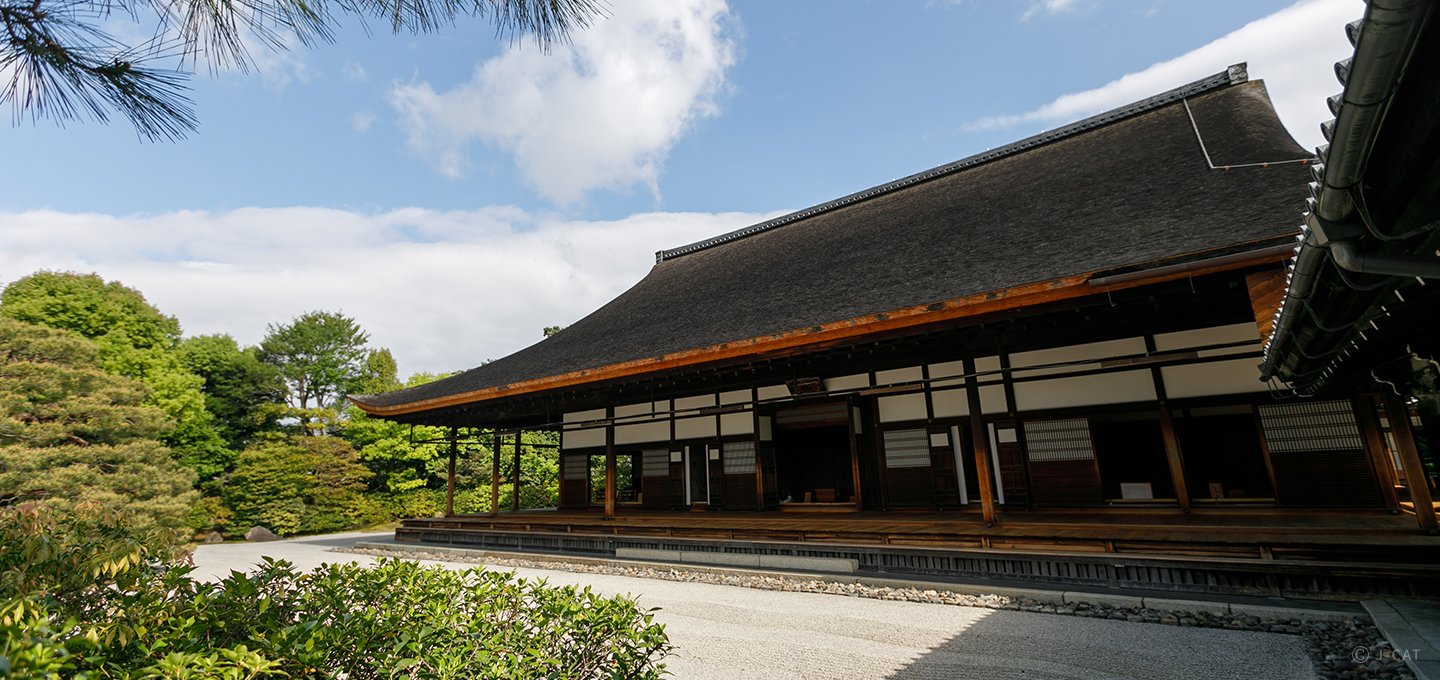
Special Experience
Kyoto
Special Tour of Kennin-ji, Kyoto’s Oldest Zen Temple – with Cake and Matcha Tea Time
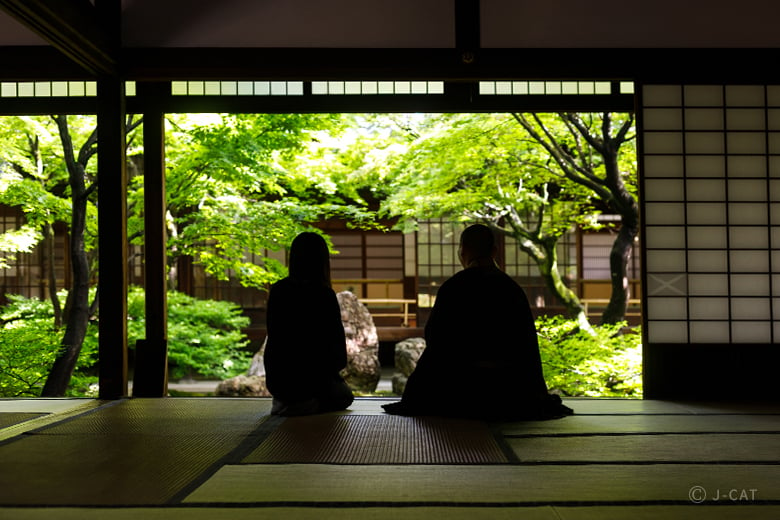
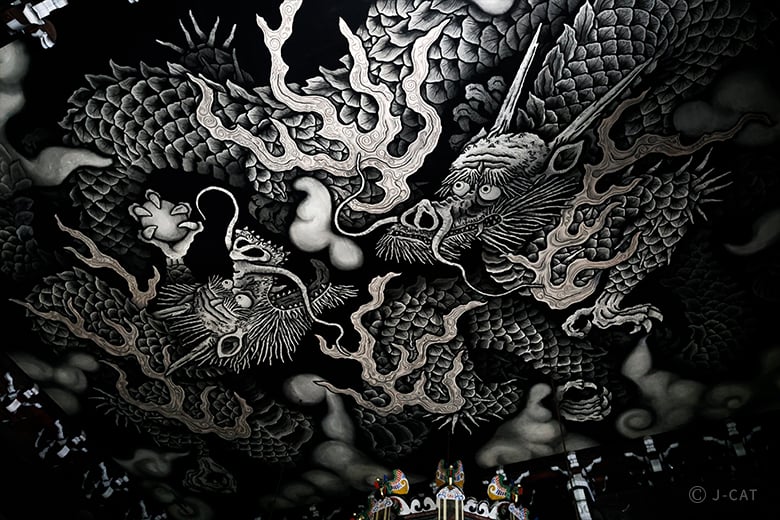
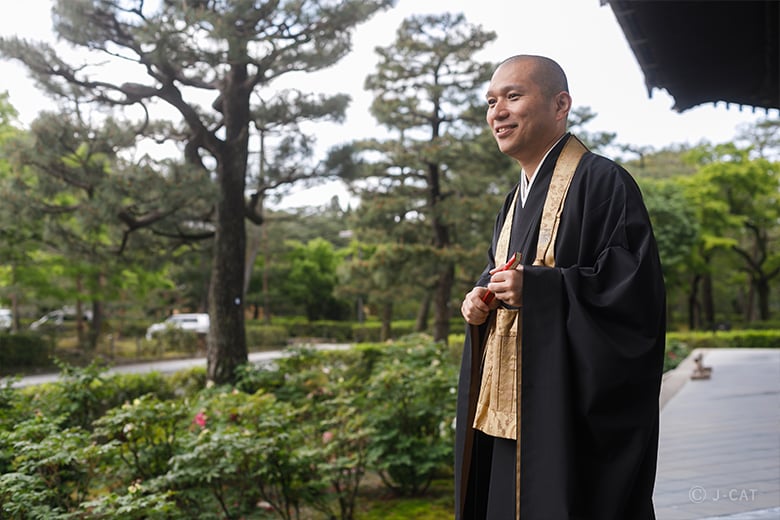
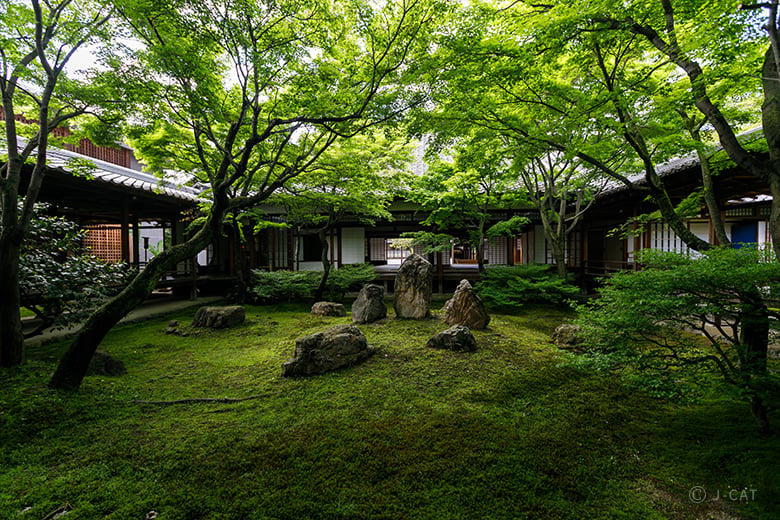

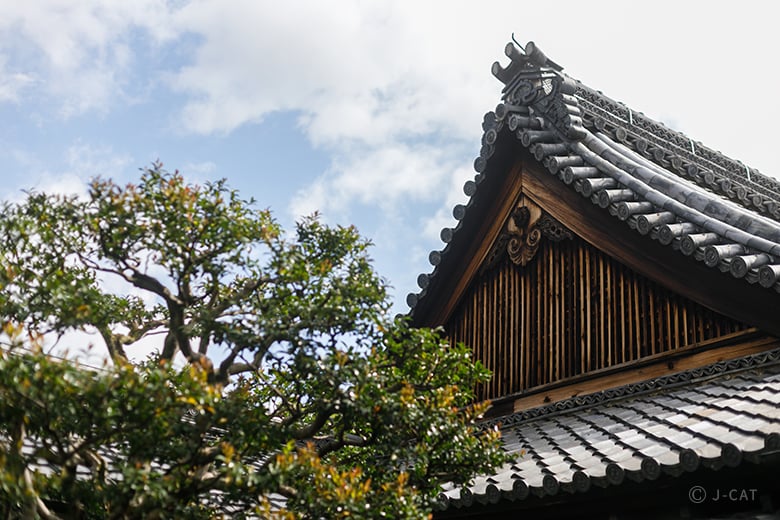
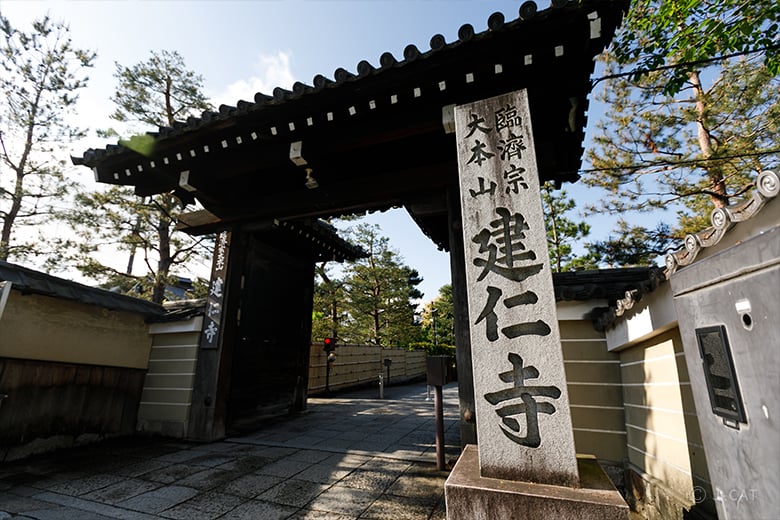
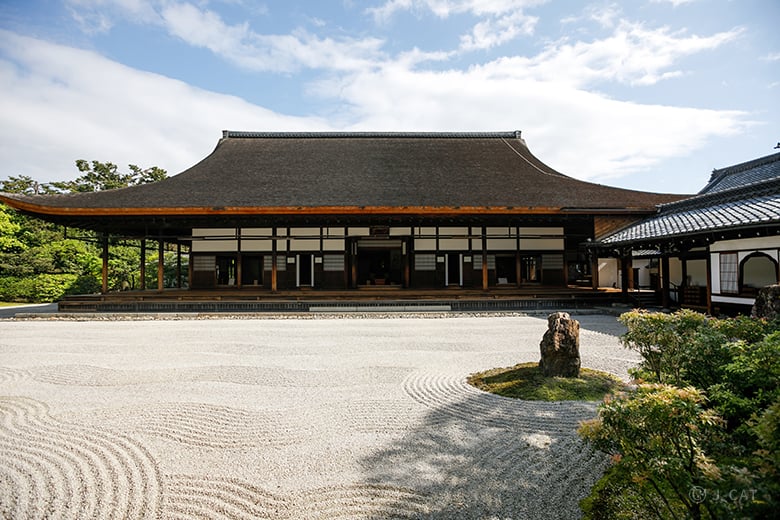
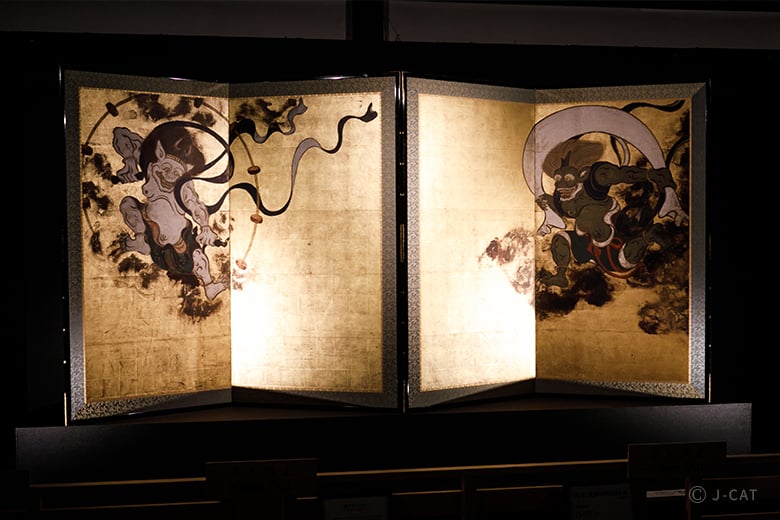
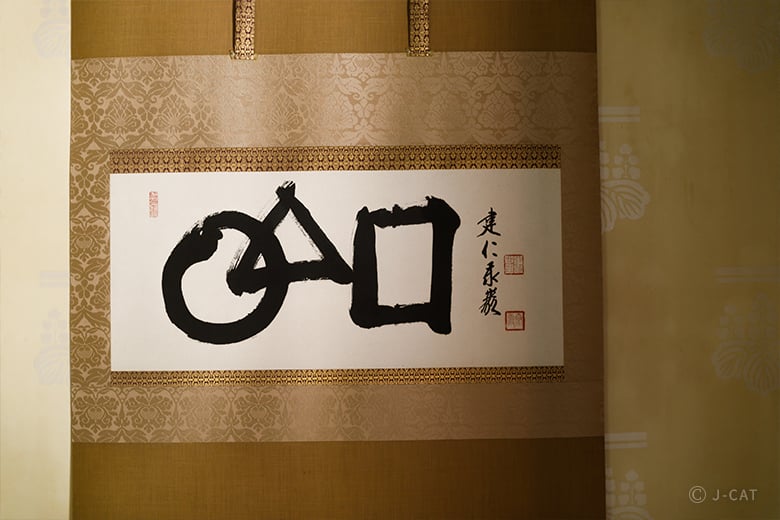
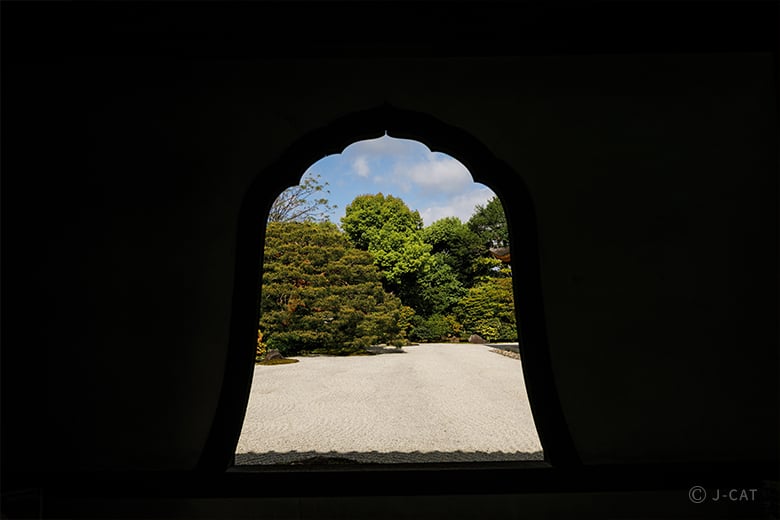
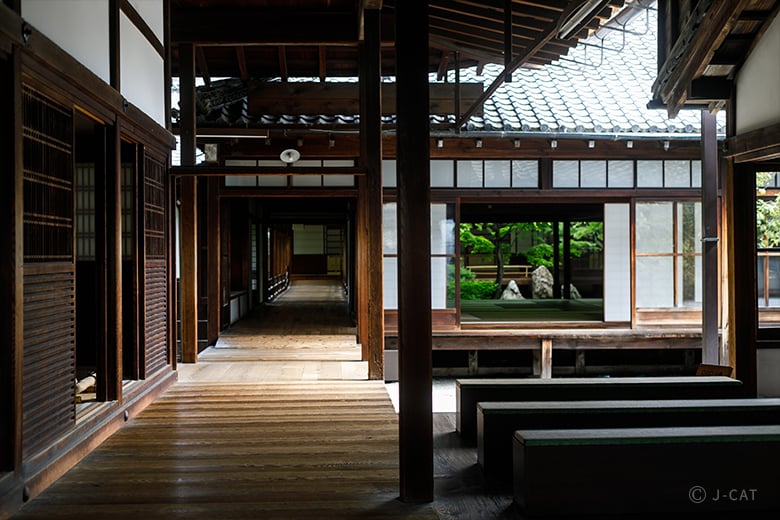
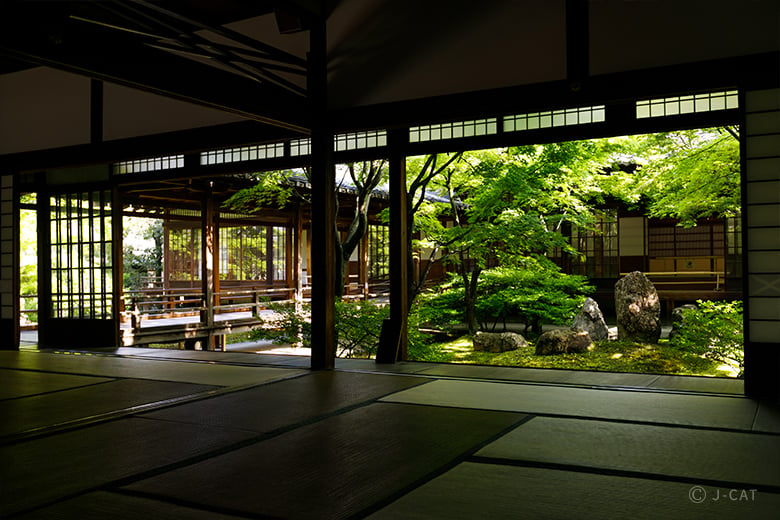
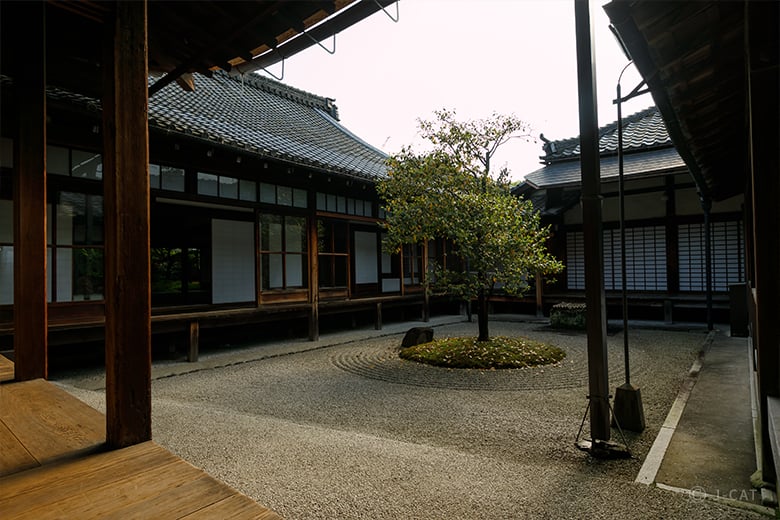
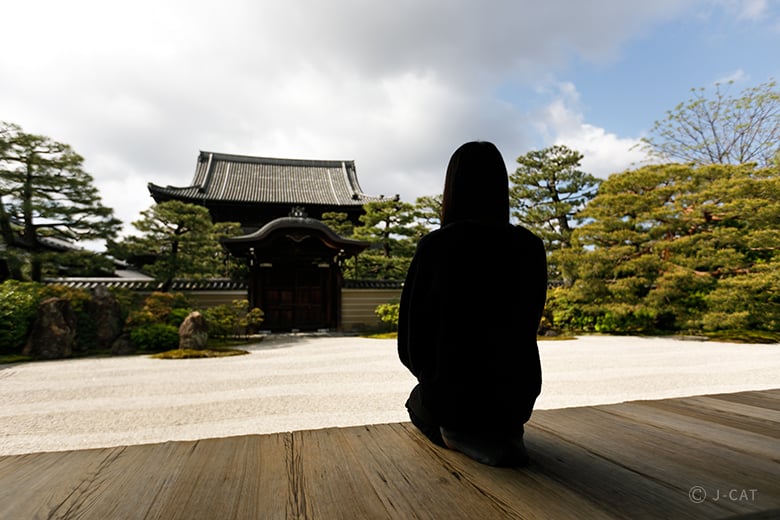
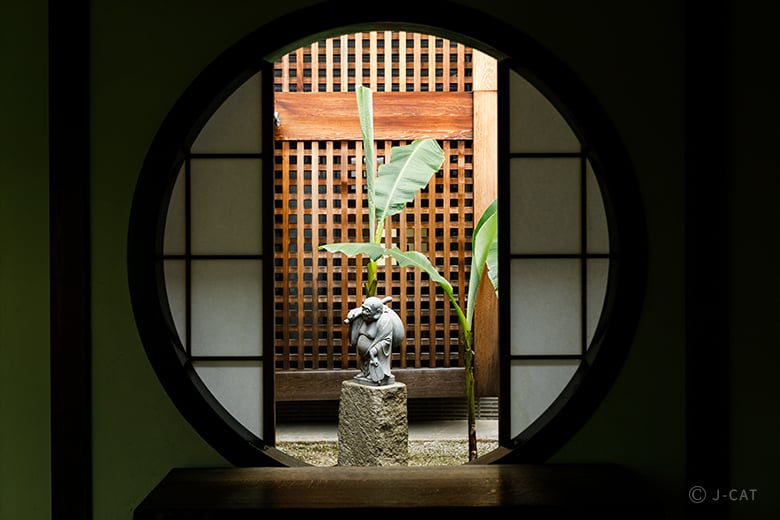
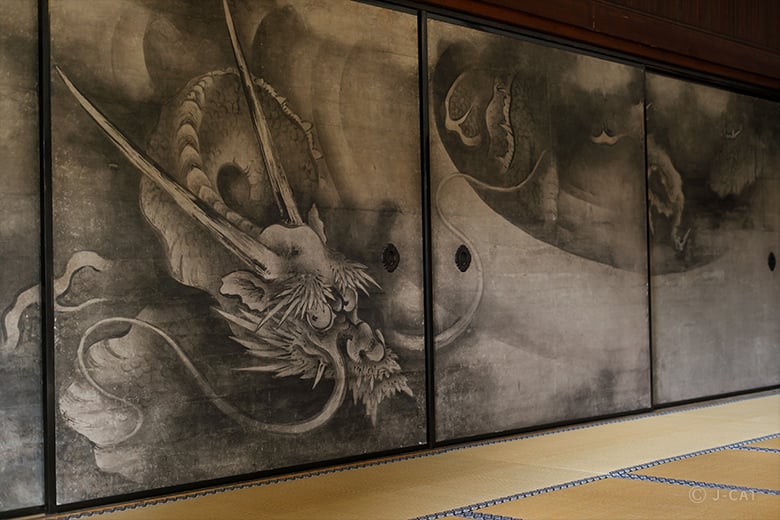
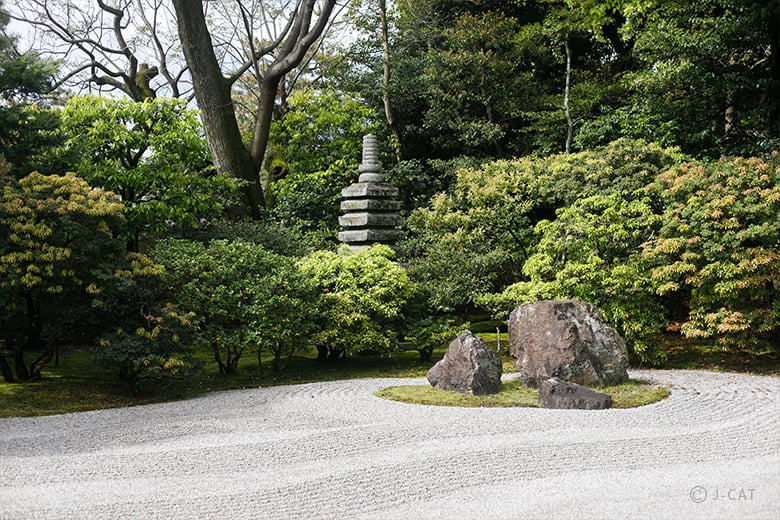
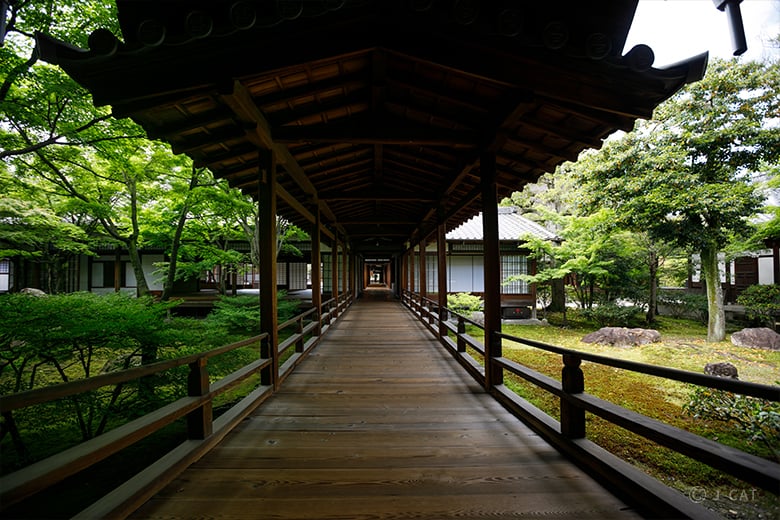
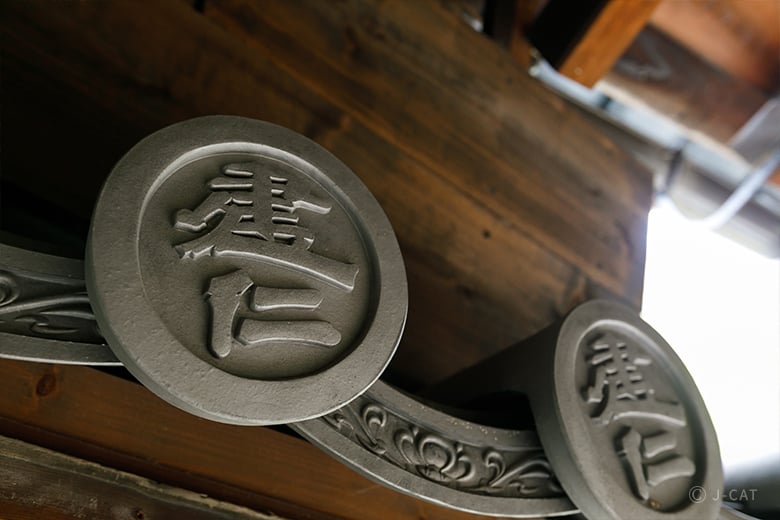
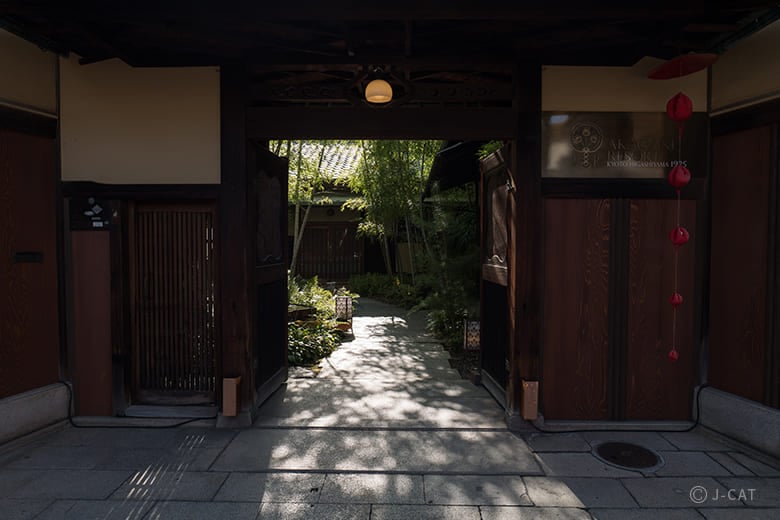
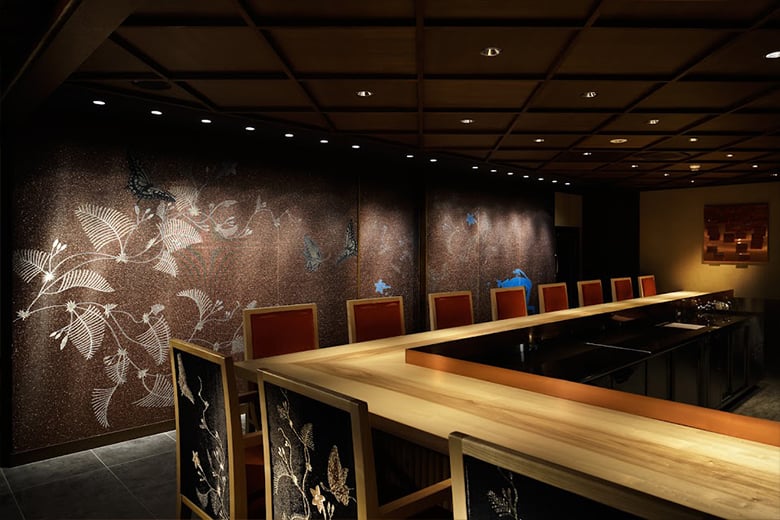






















Overview
Located in the Higashiyama area, Kennin-ji is Kyoto’s oldest Zen temple. Among its many popular attractions are the gardens Chouon-tei and Daiou-en, physical representations of the Zen worldview, and the Soryu-zu painting of twin dragons on the ceiling of its lecture hall. This plan offers the chance to have the temple to yourself in the hours before its gates open to the general public, enjoying a special guided tour with commentary from a temple monk before strolling its grounds on your own. Moreover, amble through the Higashiyama neighborhood around the temple to the modern Japanese villa restaurant Akagane Resort Kyoto Higashiyama 1925 for some matcha and sweets.
Key Features
・Tour the temple grounds and gardens in the hours before its gates open to the public and ponder the precepts of Zen in private tranquility
・View the famous Soryu-zu ceiling painting and gardens of Kennin-ji, Kyoto’s oldest Zen temple, with commentary from a temple monk
・Delight in a luxurious tea time with matcha sweets at a Higashiyama villa restaurant
*For those interested in a zazen meditation experience instead, check out
Zen Meditation Experience Private & Exclusive Access to Kodaiji Gesshin-in Temple Kyoto
Kyoto
120mins
from ¥280,000 /group
1 - 10 participants
Available in English
Cancel free up to 11 days prior
Details
Kennin-ji, Oldest of Kyoto’s Zen Temples
Kennin-ji was founded in 1202 by Myoan Eisai, a Japanese monk who studied Zen in Song Dynasty China. Known today as Kyoto’s oldest temple, it sits in the Higashiyama neighborhood amidst a plethora of other iconic shrines and temples including the Tower of Yasaka, Yasaka Shrine, and Kiyomizu Temple. Its halls were modeled after the Mount Baizhang temple in China for a striking harmony of history and nature.

The hojo is crowned with a magnificent roof and faces a dry garden symbolizing flowing waters
The main hall, featuring a hojo – head priest’s quarters – with a distinctive and venerable Japanese wood-shingled roof, incorporates three gardens each with a distinct design. It also houses a reproduction of the famed gilded folding screen by Sotatsu Tawaraya entitled Fuujin-Raijin, or Wind God and Thunder God, a national treasure. These two are guardians of the Buddhist figure Kannon, the goddess of mercy.

The Fujin-Raijin Folding Screen centers on a negative space to place the viewer in the position of the Buddha when they stand before it
Kennin-ji monk Asano is your guide in discovering the design highlights of the temple, the conceptual motifs of the gardens, and the principles of Zen represented throughout its pursuit of simple beauty. Enjoy broadening your understanding and cultivating a compassionate heart by coming face to face with yourself, engaging your own inner world and the richness of experience itself.
Take in the Soryu-zu Ceiling Painting and the Temple Gardens in Luxurious Privacy
Inside the temple’s hatto, or lecture hall, visitors are greeted by a pair of dragons whose intertwining forms fill the ceiling. The Soryu-zu, as this painting is titled, was completed in 2002 to commemorate the 800th anniversary of the temple’s founding. It might be surprising to learn that the dragon figures which appear in temple art all over Japan are actually a cultural artifact imported from China together with Buddhism itself, which is why this image is painted in a style evocative of Chinese art of that period. The dragons here are portrayed with an almost overwhelming sense of presence.

The Soryu-zu is full of classical symbolism such as the five talons per hand, signifying supreme rank among dragons
After the Soryu-zu, tour the Chouon-tei, Daiou-en, and Maru-sankaku-shikaku (“Circle-triangle-square”) gardens. The lush green Chouon-tei’s unique design gives visitors the sense of facing no matter where in the 360 degrees of its perimeter they stand. Circling its outer walkway, you will know where to stop when you find the angle that touches you personally. “The garden reaches its true form for each person,” explains Asano, “when they find the spot that strikes them as the most beautiful.” Its visual character fluctuates subtly with the seasons, the times of day, and the viewer’s inner state.

The Chouon-tei garden exudes lush green beauty in early summer, and bursts with ochre and gold in autumn
The Daiou-en, which stretches out before the head priest’s quarters, is a karesansui dry landscape garden whose sand represents water and large stones mountains. It is designed around its main stone, with a motif depicting rain drops becoming rivers that flow into oceans. Its simplicity evokes the majesty of nature and the world of Zen after earthly desires have been let go. Here, you can observe your own thoughts and feelings, flowing and transient as a river.

The Daiou-en’s patio, where quiet admiration of the expansive garden beckons consciousness to turn inward
Open-ended Time to Stroll and Take in Zen’s Inner Voice
When the tour of Kennin-ji is complete, luxuriate in free time to stroll the gardens and peruse the historic buildings at your leisure.
Also adjacent to the head priest’s quarters is the Maru-sankaku-shikaku, or “Circle-triangle-square,” garden. This minimalist design, evoking the five elements of Zen (earth, water, fire, wind, and the void), is also named to allude to the concept that all of existence can be encapsulated in the circle, the triangle, and the square. Discovering the underlying meaning of this garden is a window into the deeper draw of Zen philosophy.

The foreground sand triangle represents fire, the inner circle water, and the square rear well earth
Also on site are (a reproduction of) the Unryu-zu, a sliding door painted with dragon gazing into the viewer’s eyes, and the Juichimen-Kannon-bosatsu-za-zo, or Statue of the Seated Eleven-Faced Bodhisattva Kannon. You can view the art, greet the Kannon, or simply wander the temple grounds, basking in the depths of the hallowed history cherished generation after generation since the times of the ancients.

An unassuming memorial to historical figure Oda Nobunaga, a daimyo lord who met his end in the infamous Honno-ji Incident on the cusp of his unifying Japan
Sweet Relaxation with Confections Made with the Famed Green Tea of Uji, Kyoto
Stroll the streets of Kyoto from Kennin-ji to the Akagane Resort Kyoto Higashiyama 1925. This is a restaurant sanctuary in a renovated Taisho period villa hidden away in the foothills of the Higashiyama woodlands where you can enjoy tea with a Wabunka-exclusive sweet set put together by Kyoto’s famed Kanbayashi Shunsho Honten.

Akagane Resort Kyoto Higashiyama 1925 today functions as a restaurant and wedding venue while retaining its historical villa atmosphere
The Kanbayashi Shunsho Honten is an Uji green tea shop with four and a half centuries of history, which has become synonymous with its famed beverage brand. In this exclusive Wabunka plan, enjoy a set of green tea alongside matcha gateau opera cake at the brand’s Salon de Kanbayashi in-house cafe at the Akagane Resort, seated at the special “Kodai-ji Kiwami” counter seats.

Terrific tea and superb sweets in a special space
Salon de Kanbayashi’s matcha gateau opera cake is a popular signature dish aimed at east-meets-west synthesis. It uses “ Biwa no Shiro,” a fragrant light matcha carried by the Kanbayashi Shunsho Honten. Weaving layers of magnificent matcha and luscious chocolate, enjoy it as the perfect companion to top-grade gyokuro green tea – exclusive to Wabunka.

Gorgeous cake plating in visual homage to sand gardens, with seasonal elements (this image is only for reference)
Gyokuro green tea is grown under shade to produce a mellow sweet savor. Although often drunk pre-brewed because of the unique knack needed for its brewing, you can relax and enjoy it here fresh-brewed from the pot while learning the trick to brewing it for yourself. Enjoy this matchless match of matcha and melt-in-your-mouth sweet treats.
Savor Japan’s Four Seasons with an Optional Course Lunch
As an optional add-on, sit down to a French-style course lunch at the Akagane or Hisui restaurants at Akagane Resort Kyoto Higashiyama 1925, prepared with seasonal ingredients that evoke the subtle passage of Japan’s four seasons. This Wabunka experience also includes a complimentary glass of sparkling wine or non-alcoholic beverage.

Every course a celebration of the seasons
A Moment of Tranquility, the Spirit of Zen
Kennin-ji Temple remains an active place of spiritual practice and Zen study. Take a moment here to experience Zen as you observe the sand garden, a moment to still your mind and heart. “Zen is silence,” explains Asano, “something modern people are increasingly impoverished of.” A major difference between Zen and other sects is in the latter’s common emphasis on prayers to deities where Zen emphasizes introspection and self-reflection. Put simply, the teachings of Zen are focused on the need for self-mastery.

Taking in the principles of Zen through the garden, you may just feel a weight lifted
Throughout the tour, experience the importance of cultivating your own inner self to reach what you seek. As you face yourself before the garden, luxuriate in the opportunity to relax, take your time, and bask in the Zen wisdom of a life lived in peace and simplicity.
Kennin-ji Temple / Akagane Resort Kyoto Higashiyama 1925

Kennin-ji Temple / Akagane Resort Kyoto Higashiyama 1925
Kennin-ji Temple
Founded in 1202, Kennin-ji is the oldest Zen temple in Kyoto, and the head temple of the Kennin-ji school, part of the Rinzai sect of Zen Buddhism. Its halls were designed and built in homage to China’s Mount Baizhang temple, and it remains active to this day as a place of spiritual practice and Zen study. Its main hall features an august traditional wood-shingled roof, and it is home to three gardens: Daiou-en, Shion-tei, and the Maru-sankaku-shikaku Garden. Immerse yourself here in Zen.
Akagane Resort Kyoto Higashiyama 1925
This restaurant and wedding venue is set in the remodeled early 20th century villa of a copper processing magnate. Once a private residence, its grand gate and Higashiyama forest backdrop give it a wonderful seclusion. Copper design flourishes give the building character and speak to its history.
Location
Kenninji
Higashiyama Ward, Kyoto
Request for booking
Select first preferred date (JST)
November 2025
Sun
Mon
Tue
Wed
Thu
Fri
Sat

Instant Booking

Request Booking

17
Full

17
Unavailable
Kyoto
120mins
from ¥280,000 /group
1 - 10 participants
Available in English
Cancel free up to 11 days prior
Things to know
Contact Us
If you have any questions, please contact us using the form below.
We also accept bookings from corporate clients and travel agencies.